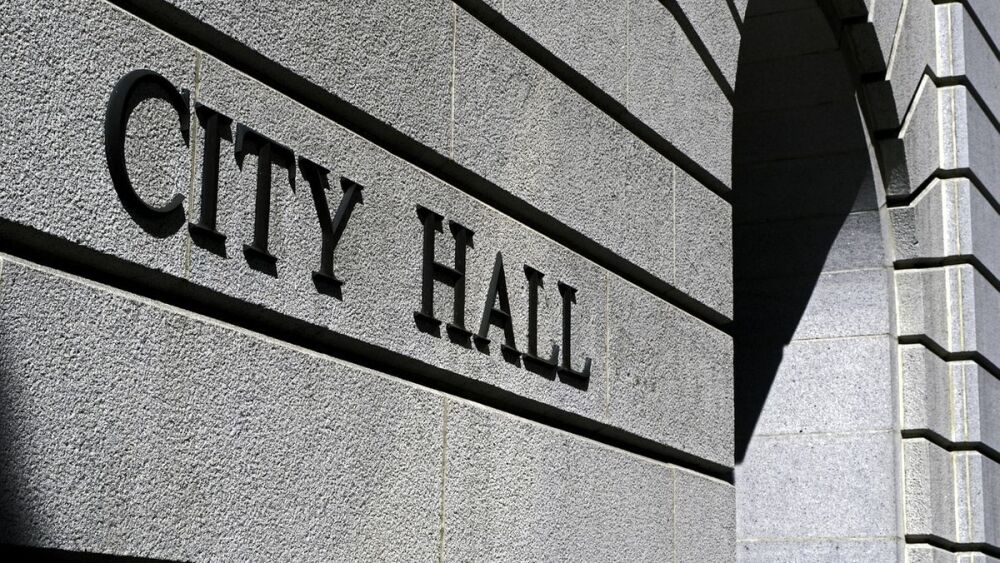June 9, 2015 - Experts gathered at a summit to make the case that cities that encourage physical activity have a clear economic advantage.
In Bristol, UK, speakers from KPMG, The University of California, and the CBI, alongside Mayor of Bristol George Ferguson, called on city leaders to make physical activity a priority and recognize the positive economic and social benefits that it can bring.
The summit hosted by Sustrans, Bristol 2015 European Green Capital and Nike coincides with new research from Active Living Research, University of California, San Diego, revealing that cities with physically active populations are not only more economically competitive – they also benefit from increased productivity, improved school performance, higher property values, and improved health and wellbeing.
Findings from the report show that:
- Making cities better for walking can boost footfall and trading in the local area by up to 40%. Projects encouraging walking in the UK were shown to increase employment and the number of visitors by as much as 300%.
- Encouraging walking and cycling delivers a great return on investment. Studies on the economic benefits of walking and cycling interventions revealed an average return of £13 on every £1 invested. In the UK, the return is as high as £19 for every £1 invested.
- People feel good about living in an active city. In a US study, 9 in 10 people said that cycling events make them look more positively on their city.
Chad Spoon, part of the research team at Active Living Research, University of California, San Diego, said: “We hope this research will open the eyes of government leaders to the many important benefits of designing cities to support active living. This includes economic benefits such as increased home value, greater retail activity, reduced health care costs, and improved productivity. A city’s ability to compete depends on an active population. The research is clear on this – it shows how an active city can be a low-cost, high-return investment.”
The Designed to Move: Active Cities report, created by Nike in partnership with academics, non-profit organisations and built-environment specialists, also identified nine cities from around the world that have successfully embedded physical activity into their core strategies, including Bristol from the UK. The cities are all embracing the four ‘calls to action’ described in the Active Cities report: they prioritise physical activity, use existing resources, design for people to be active and plan for movement for the long-term.
The cities featured in the report are:
Hernando, United States
Buenos Aires, Argentina
New York City, United States
Copenhagen, Denmark
Rio de Janeiro, Brazil
Medellin, Colombia
Red Deer, Canada
Bristol, United Kingdom
Adelaide, Australia
The report provides advice, tools and resources to create more physically active populations, including 10 quick wins for city leaders who want to transform their cities. For example, turning the lights on and keeping parks and sports courts open late, opening up school sports fields to the public and allowing people to apply for street-closing permits for neighbourhood play events are all low-cost ways to increase physical activity.
The summit brings together leading experts in the field to identify the legislative and policy changes needed to make active cities across the globe a reality. Attendees at the summit include local government leaders, and national and international experts in the creation of active cities from the worlds of health, planning and business.
Philip Insall, Health Director at Sustrans, said: “In an age when successful companies and talented workers have the freedom to locate absolutely anywhere on the globe, cities can give themselves a competitive edge by making a healthy, active lifestyle easy to choose. Many cities are already seeing the benefits of physical activity and are making themselves desirable to live in.
“The relationship between physical activity and economic performance has been clear for years, but this research shows active cities are healthier, wealthier, safer, greener and more cohesive. Not surprisingly, the people who live in them are happier. That’s an advantage.”
George Ferguson, Mayor of Bristol, commenting on the work that has been happening in his city, said: “This new research highlights how vitally important it is to promote walking and cycling for shorter journeys in and around the city. Not just for environmental and health reasons, but because it will make Bristol a more successful and happy place to live and work.
“European cities that make it easier for people to travel by bike or on foot have proved to be more economically competitive and offer a better quality of life for their residents.
“Many in Bristol have long recognised this benefit and have been working to make sure our city is as accessible to walkers and cyclists as possible. We already have more people commuting to work by bicycle or on foot than any other city in England and expect to see this increase even further.
“By encouraging more people to walk and cycle around the city we can make this city a healthier, happier and more attractive place to live.”
Mandy Ayres, Senior Director for Global Community Impact at Nike, said: “Modern life has engineered movement out of our daily routine, and we need a collaboration from government, employers, civil society and individuals to bring physical activity back to the places we work, live, learn and play. Creating the right physical environment to give everyone a chance to get active won’t just make citizens feel better – it creates a competitive advantage for a city.”
Download the report here.











